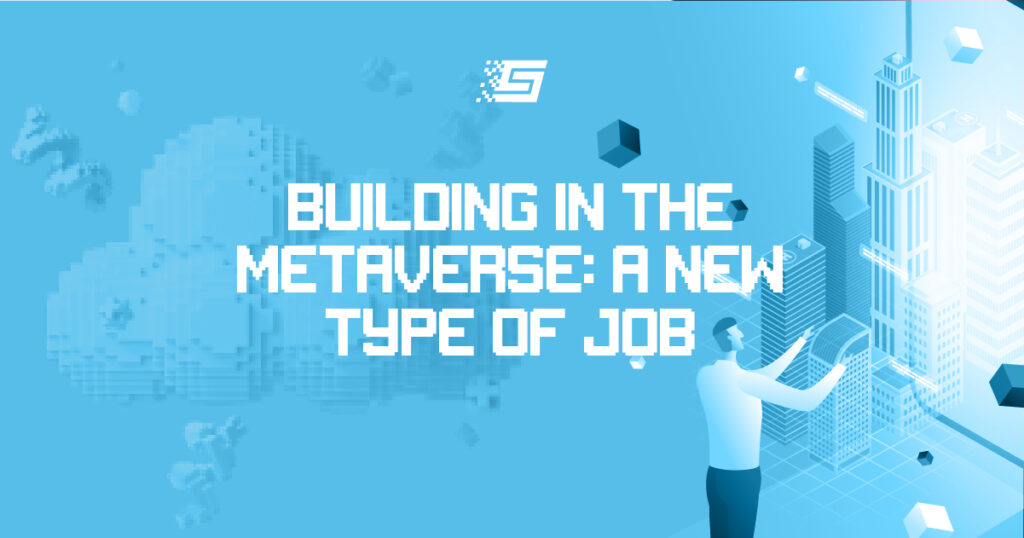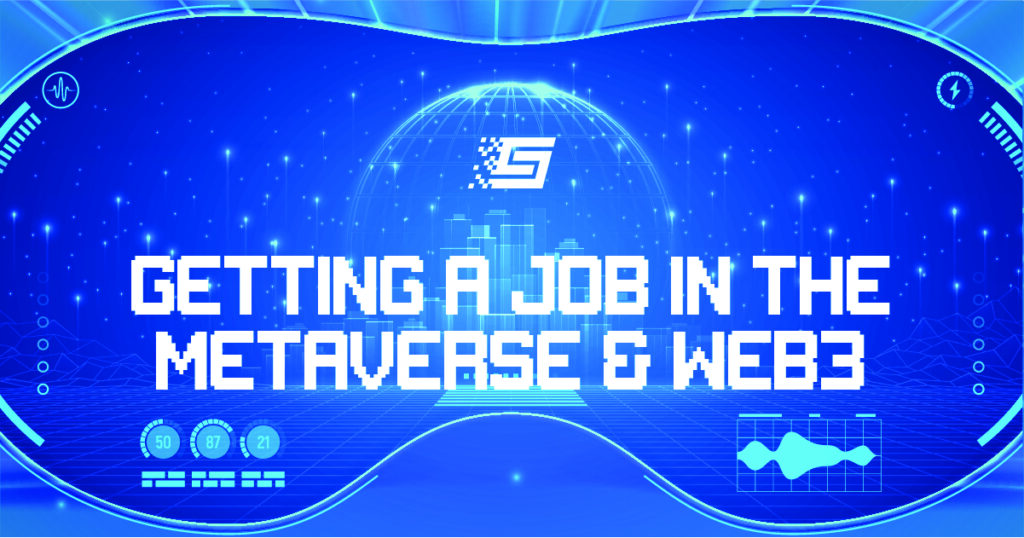A Developer’s Guide To Building The Metaverse
Exploring New Horizons
The metaverse is much more than just a game or a virtual reality environment — it’s a novel way for software developers to build applications and immersive experiences.
This emerging new realm could have a broad impact on the world as we know it.
For developers, the metaverse represents another type of application to be built and a further deployment target for source code. As with any new development, there are myths and misconceptions about the technology and challenges to getting things done.
While gaming companies are currently out in front of the metaverse and are helping to author and develop a large amount of the content today, the metaverse is much more than just another game.
The Potential Of The Metaverse For Software Developers
The metaverse enables participants to access a virtual world where they can meet people 24/7, collaborate in real-time in multiple languages, and try, buy, and experience things before making physical purchases.
Many experiences, such as art, music, theater, and other forms of entertainment, may eventually become entirely virtual. The applications are almost limitless.
Co-founder of metaverse advertising and technology company Luna Market, Billy Huang, sees the metaverse as the joining of all digital spaces — a network of social spaces that are interconnected from the users’ perspective.
“We are hearing a lot of people talking about the metaverse as a social, virtual experience, but it’s really much bigger than that. Digital social interactions have existed for a long time, but now we have the ability to cross virtual realms and also to retain identity and ownership of goods in digital spaces through blockchain technology,” Huang said in a recent interview.
The Challenges Of Building Metaverse Applications And Services
Although there is a lot of potential for the metaverse, there are also many challenges. A lot of metaverse platforms lack scripting capabilities, which restricts integration possibilities and limits the number of applications available. According to Huang, the lack of standardization of creative standards means integration of 3D assets is inherently more difficult at scale with different avatar and gaming standards.
Hermes Frangoudis, the director of developer relations at Agora, says many developers believe that data privacy and security are the biggest hurdles for the metaverse to overcome. This means putting in place privacy by design when developing the software and hardware required to make the metaverse a reality.
“If data privacy is a problem in today’s 2D web2 world, then the metaverse adds a more complex dimension to this challenge,” Frangoudis stated. “The metaverse is blurring the lines between the real world and the virtual on a scale that we haven’t seen before.”
Common Metaverse Development Languages And Toolkits
Another key challenge for metaverse developers is simply knowing where to start.
“There are many different metaverse platforms, and the information can be overwhelming,” Kash Vyas, co-founder and CTO at Perfitly, said. “There’s no common development platform.”
Compatibility between different platforms is a challenge, according to Vyas. Trends in the metaverse aren’t the same as in the real world – they tend to be less predictable.
In terms of technology, Agora’s Frangoudis says JavaScript is one of the most popular programming languages because of its high-level scripting language that can be used to direct a powerful C++ based engine. He added that JavaScript and WebGL are great for dynamically rendered web-based AR (augmented reality) and VR (virtual reality) experiences.
Hey goes on to say; “Also, we see C# as a popular language for metaverse development thanks to Unity, one of the best-known game and VR-focused development platforms, boasting a large community of AAA game publishers and game developers. As software platforms become more robust and VR equipment continues to evolve, they will create huge opportunities for developers to build worlds offering the next great immersive metaverse experience.”
The Best Practices For Metaverse Developers
With metaverse-based applications and services, it is the experience that matters. According to web practice lead Kevin Strype at Robots & Pencils, interactions are the key differentiator for metaverse applications. They will elevate what the app is trying to accomplish into a great experience, as against an experience that leaves users missing traditional interfaces.
Strype offers the following advice to developers working on metaverse applications:
Deliver an experience – metaverse developers need to remember that the goal is providing a superior experience compared to just opening, say, Slack on your PC and typing a message.
“Gesture use, intuitive interface, and environment design are all somewhat new challenges for the developer moving from traditional apps to metaverse apps,” Strype said. “There is a lot more to consider, but you also have more tools to play with when facilitating user interaction and providing feedback to users.”
Test, then test more – testing, and using your own app a lot, is how developers could iterate to set themselves apart from the competition, Strype said.
Experiment and iterate – thinking more about the feel and overall experience of a metaverse app is key recommendation for best practice.
“The best metaverse developers will see the metaverse as a place to explore novel and exciting ways to accomplish normal tasks we are now used to from our pandemic office lives,” he said. “Experience quality will become king in the metaverse app market going forward.”
Conclusion
It’s clear that the metaverse is not just another video game, and it is likely not a fad for developers to avoid. For developers, the metaverse opens up new worlds of opportunity to explore, with no shortage of potential for those that will embrace best practices to build applications and services.


